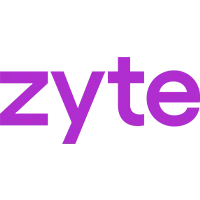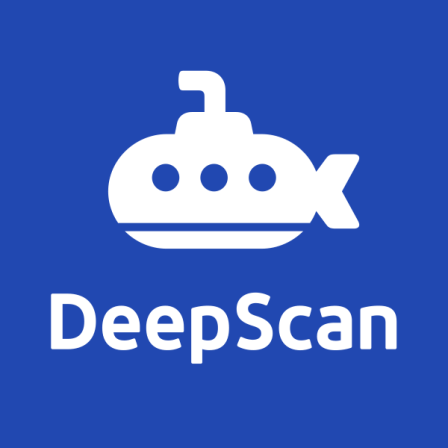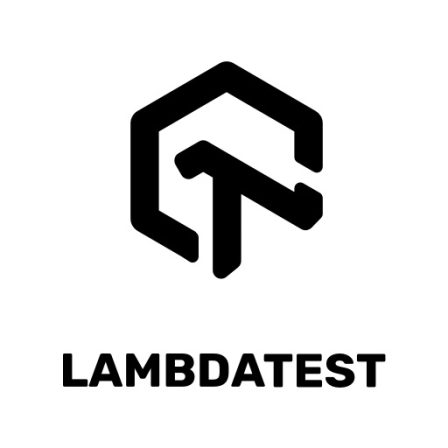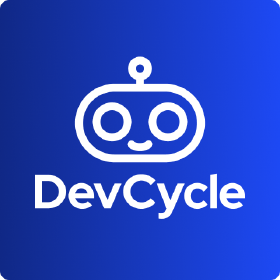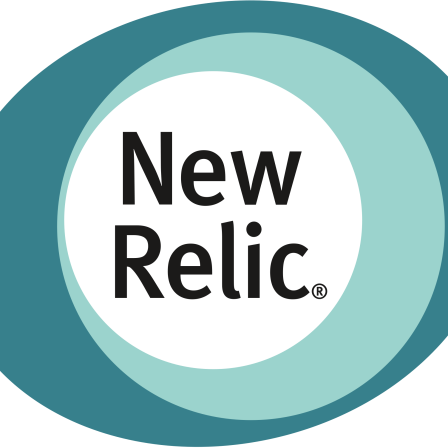There is no item in your cart
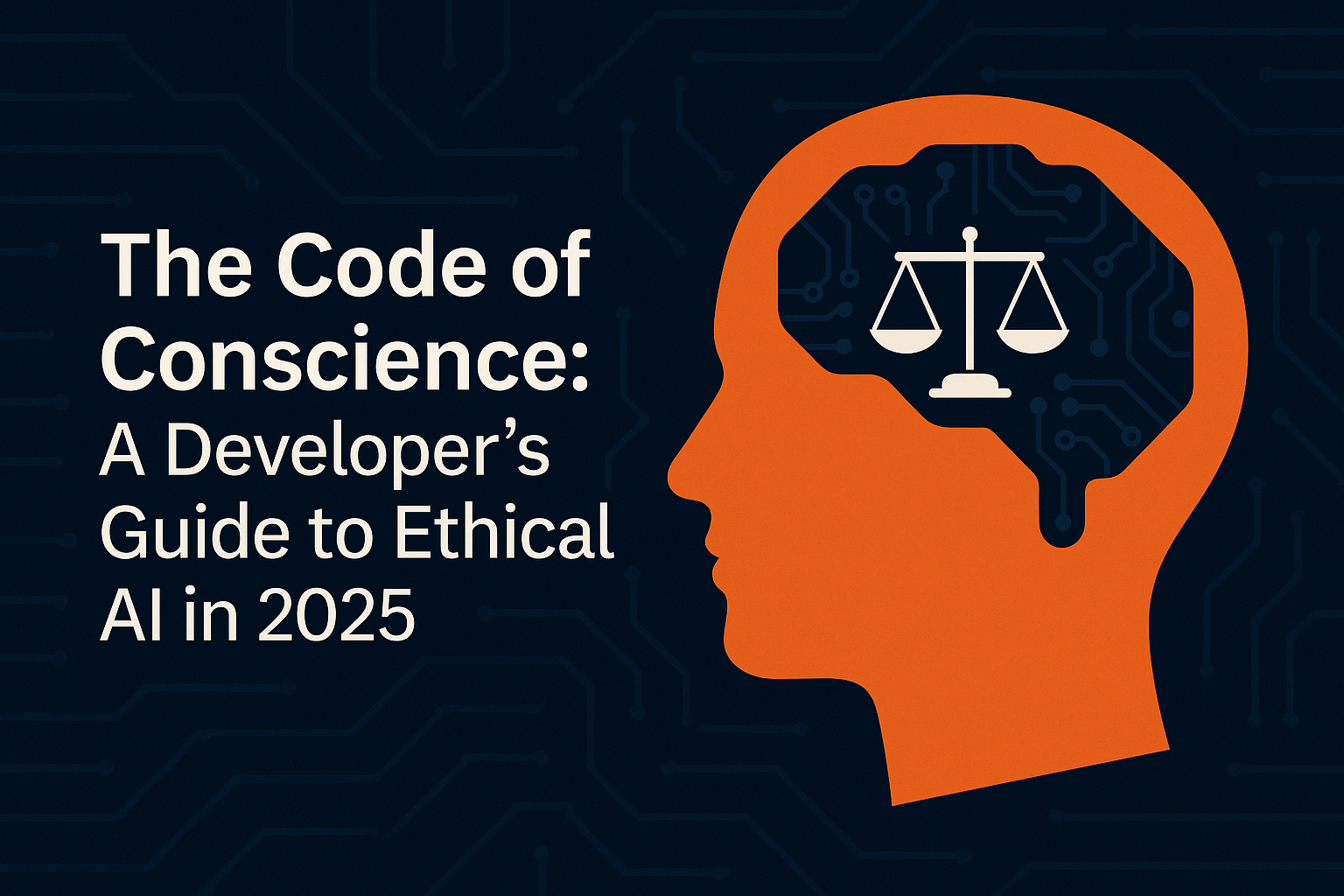
The Code of Conscience: A Developer’s Guide to Ethical AI in 2025
As developers, we are the architects of a future increasingly shaped by artificial intelligence. The systems we build are no longer just tech demos; they approve loans, assist in medical diagnoses, and influence public discourse. With this immense power comes an even greater responsibility. The conversation in tech has shifted from “Can we build this?” to “Should we build this?”
This isn’t a philosophy lecture. This is a practical guide for you, the developer on the front lines, about the ethical questions we must ask ourselves and the principles we can apply in our daily work to build AI that is not only powerful, but also fair, transparent, and accountable.
Beyond Accuracy: The New Metrics of Success
For years, we measured our models on a simple metric: accuracy. But a model can be 99% accurate and still be deeply harmful if its errors are concentrated on a specific demographic. The new pillars of a successful AI system are:
- Fairness: Is the model performing equally for all user groups, regardless of their background?
- Transparency & Explainability (XAI): Can you explain why your model made a specific decision? A “black box” is no longer acceptable for critical applications.
- Accountability: Who is responsible when the AI makes a mistake? There must be clear lines of ownership and a process for recourse.
A Practical Ethics Checklist for Your Next AI Project
- Interrogate Your Data: The most common source of AI bias is biased training data. Ask critical questions: Where did this data come from? Does it represent all the populations my model will serve? Are there historical biases encoded within it?
- Demand Explainability: Don’t settle for “the model just works.” Use tools and techniques from the field of Explainable AI (XAI) to understand which features are driving your model’s decisions. This is crucial for debugging and building trust.
- Think Like an Adversary: How could your AI system be misused? Could a text generation model be used to create misinformation at scale? Could a facial recognition system be used for unethical surveillance? Anticipating misuse is part of responsible engineering.
- Insist on a Human in the Loop: For any high-stakes decision, ensure there is a clear process for human oversight and intervention. The AI should augment human intelligence, not replace human accountability. An automated system must always have an “off-switch.”
Conclusion
Ethical considerations are no longer a separate field for philosophers; they are a core competency for the modern software engineer. Our responsibility is not just to write code that works, but to build systems that work for everyone, safely and fairly. Building with a conscience is the only way to build a future we all want to live in.
Building the future is a great responsibility. At SMONE, we believe that providing developers with professional, secure, and reliable tools is part of that equation. When you build on a solid foundation with tools like [JetBrains] for quality code, [Doppler] for security, and [New Relic] for transparent monitoring, you can focus on solving these bigger, more important questions. Explore our collection and build with conscience.


















